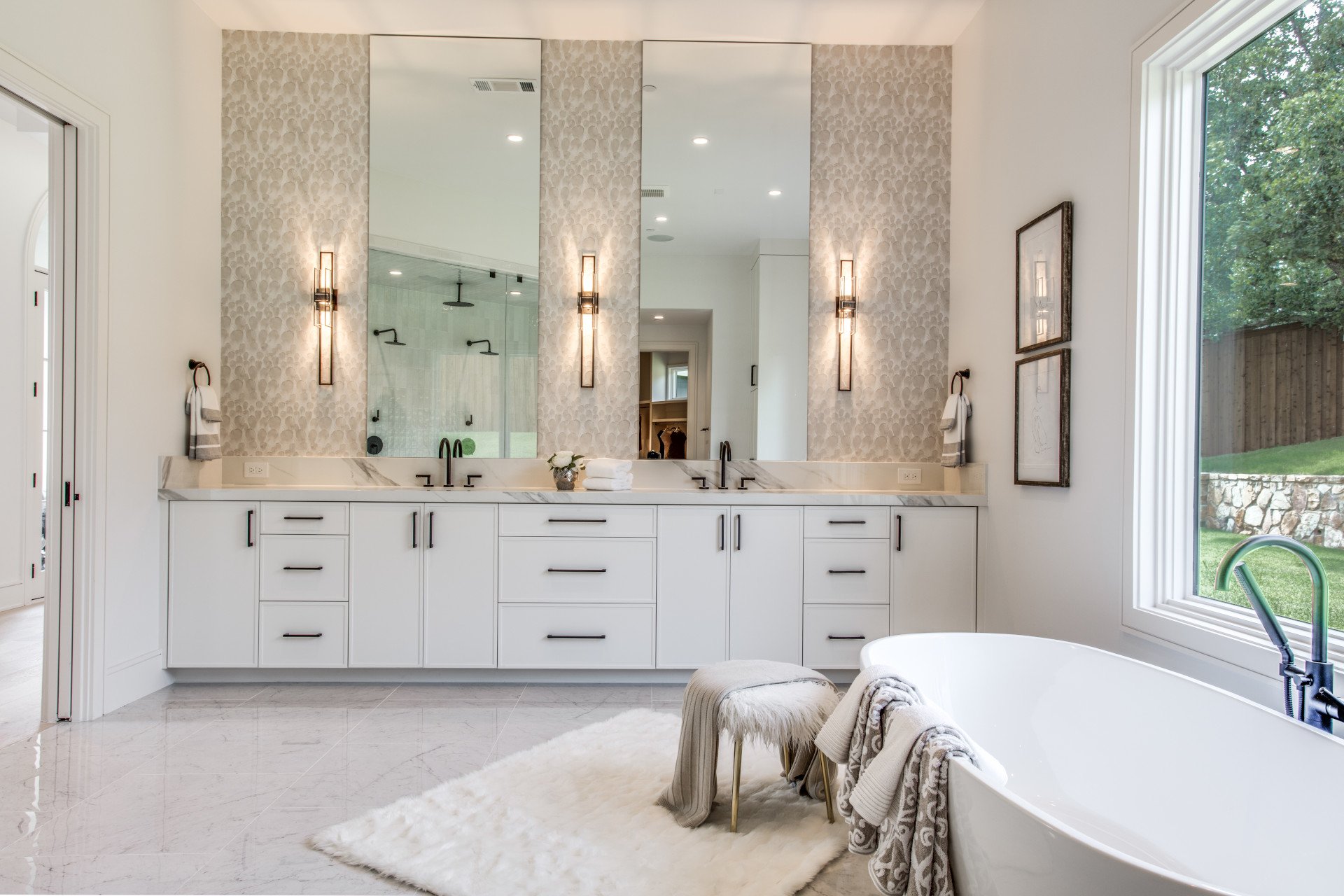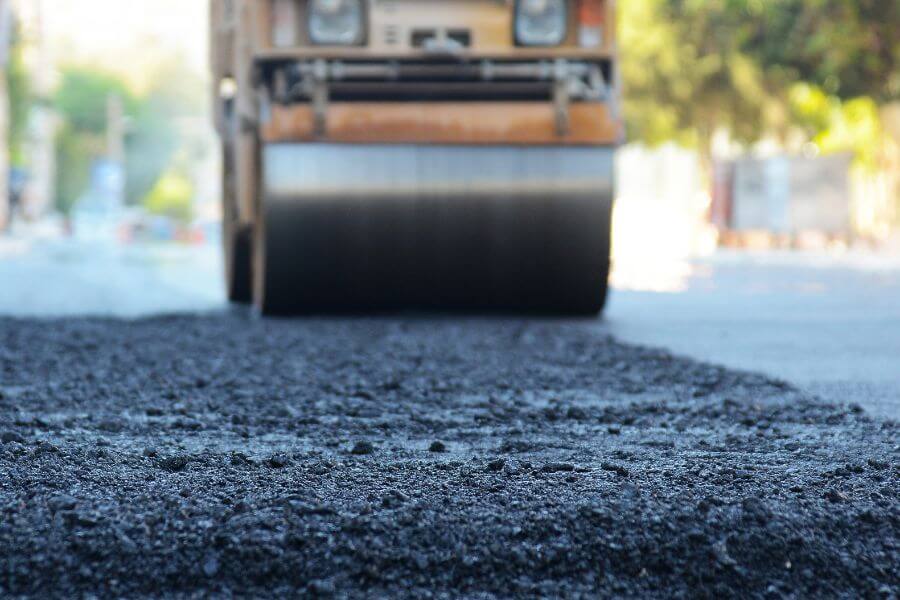
Custom homes are such a dynamic world that new trends and innovations impact home building and renovations. Looking forward to 2025, several trends are beginning to emerge that will redefine the custom home’s design, functionality and sustainability. If you’re looking for inspiration for a new custom home or home renovations Mandurah, these trends will give you a sneak peek into how we’ll live in the future.
The Rise of Smart Homes and Technology Integration
For instance, smart home technology will become more common in custom homes in 2025. As home automation systems develop over time, integrating intelligent designs into custom homes becomes more than a luxury. Homeowners will seek more control over everything from lighting and security to climate control, entertainment, and energy use, from smartphones or by voice.
Integrating innovative technologies gives added convenience and energy efficiency. Lighting systems can be automated to be turned up or down based on either time of day or occupancy, and security features such as camera and doorbell systems provide real-time notifications that offer assurance to homeowners. Another area that will be critical will be energy management systems, enabling households to minimise their carbon impact without sacrificing comfort.
Sustainable Custom Homes: Eco-Friendly Design and Materials
In 2025, sustainability remains a high priority for custom homes. From sustainable building practices to energy-efficient solutions, custom home builders emphasise eco-friendly design to reduce waste and energy use as environmental concerns grow. Green technology has become more affordable and available to catchword for homeowners, from solar panels to water-efficient plumbing systems.
The usage of sustainable materials and renewable energy resources will grow. Recycled, reclaimed, and local materials are becoming increasingly popular choices, and they help to minimise the carbon footprint attributed to buildings. Look for custom homes in 2025 that use field materials like bamboo flooring, recycled steel, and low-VOC paints. These choices significantly reduce environmental impact and improve the homeowner’s indoor air quality.
Open and Flexible Floor Plans
The growing demand for open floor plans still influences custom home design trends for 2025. Add an open, airy design to that, and you’ll hardly know it’s gone, as are the days of closed rooms with limited functionality. Custom homes will have flexible spaces in their designs, so their rooms can be used for multiple purposes; the new normal is a family that requires connected, easily adaptable areas.
Open great rooms connecting the kitchen, dining and living spaces are becoming increasingly common. These areas serve as a hub for interaction and can feel less intimidating for families looking to entertain or spend time with the family. More custom homes will also include private spaces for home offices, gyms or classrooms. As remote work and hybrid work patterns continue to rise, different areas in the house will need a degree of balance, with flexible spaces that serve multiple purposes for owners becoming highly desirable.
Biophilic Design: Bringing Nature Indoors
Another trend gaining in popularity for custom homes, however, is biophilic design, which highlights the connection between indoor and outdoor spaces. In 2025, expect to see more bespoke new builds adopting large windows, indoor gardens and natural materials like stone, wood and plants. It’s about creating a soothing, health-boosting environment that engages all senses through a blurring of the indoors and out.
Natural light will also be heavily featured in custom home design. With larg
e glass windows and sliding doors opening to outdoor living spaces, homeowners will have uninterrupted views of their surroundings scenic vistas or an impeccably landscaped yard. Spending time in nature increases mental health, reduces stress, and increases overall health.Multi-Generational Living Spaces
More families are caring for ageing parents or adult young adults living at home longer, and the idea of multi-generational living is increasingly influencing custom home design. For precisely this reason, by 2025, custom homes will embrace designs containing separate living suites for different generations to ensure privacy and independent living quarters while still having the option to connect as a family.
Custom homes will also have separate suites or apartments with kitchens, bathrooms, and living areas, making multi-generational living easier. These spaces will also be accessible, with wider doorways, no-step entries and smart home technologies that accommodate the needs of elderly or differently abled residents. For multi-generational homes, style and comfort will take a back seat to independence and multifunctionality for people of different ages moving in together.
Health-Conscious Custom Home Features
Custom homes in 2025 will be designed with health and wellness as a top priority, as most homeowners today prioritise physical and mental well-being. In custom home designs, air purification systems, water filtration systems, and circadian lighting will be integrated to optimise indoor air quality and a more restorative environment.
Wellness rooms will also see increased attention—think home spas and yoga studios—that allow homeowners to plan to live a healthy life without leaving home. Custom home designs will prioritise areas to unwind, meditate and de-stress to help families stay balanced in an ever-accelerated world.
Outdoor Living Spaces That Extend the Home
Custom homes will break down barriers between indoor and outdoor living in 2025. Outdoor spaces will be an extension of the house with well-designed patios, decks and landscaped areas. Custom homes will also have outdoor kitchens, fire pits and even swimming pools—the perfect spot to entertain guests or unwind after a long day.
These outdoor living spaces will be arranged to access the residence’s interior and flow easily. Large glass doors or windows will open it to the outdoors, making it feel like an organic extension of the home’s interior. Furthermore, the outdoor spaces will have innovative features for year-round comfort and usability, including temperature control and lighting.
Conclusion
In 2025, custom homes will evolve alongside changing lifestyles, technological advancements and sustainability concerns. Smart home technology, eco-friendly materials, incorporating biophilia to give a natural feel to homes, and wellness-oriented features are just some of the custom home trends in 2025 that prioritise comfort, adaptability and environmental responsibility. These trends can help create an attractive, purpose-built home, whether starting a new build or renovating existing space in Mandurah. Custom homes will still be where innovation and personal style meet to become more than where a person lives—it will be their refuge of health, sustainability and connection.

:max_bytes(150000):strip_icc()/house-cleaning-schedule-for-every-day-3129149-06-b23eacd9ef3a41fc833c68e095b34c72.jpg)



More Stories
Title: Why a Cleaning Planner Can Completely Transform Your Home Routine
Expert Guide to Fence Repair in Lakeland, FL
How to Get the Best Outdoor Sauna: A Complete Buyer’s Guide